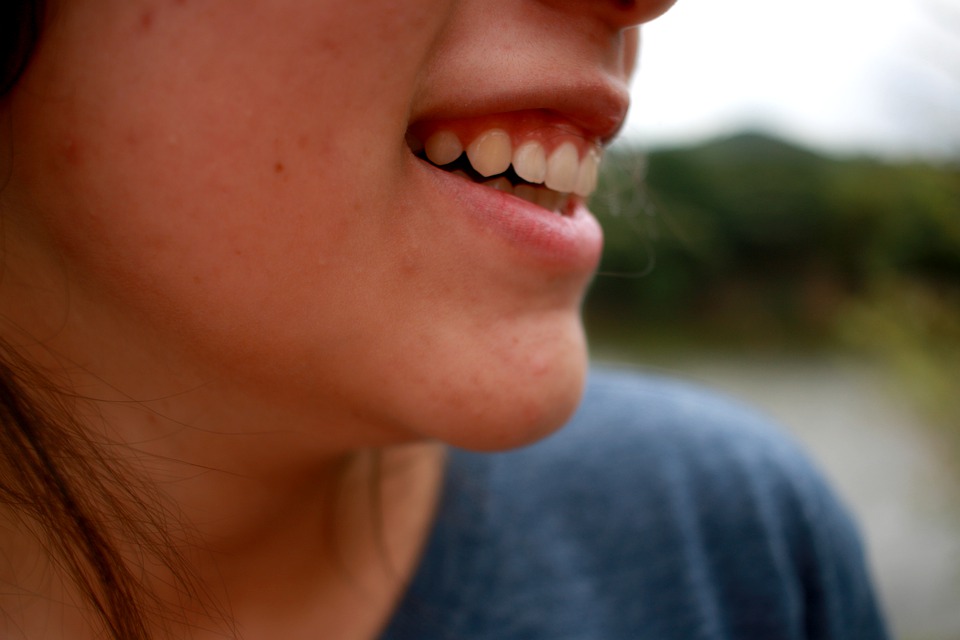
Hormonal Acne: How to Combat Pre-Menstrual Blemishes
Fighting those pesky premenstrual flare-ups isn’t always easy, but it’s definitely possible — here’s how.
Let’s be honest — when you know your period’s coming, the last thing you want to think about is your complexion. But like it or not, many women find that their time of the month is accompanied by an eruption of big red bumps.
Menstrual acne, or a flare-up that occurs each month in coincidence with menstruation, is a fairly common issue — in fact, approximately 63% of acne-prone women experience period-induced breakouts. At its core, acne can in fact be considered a hormonal disease. After all, while there are many causes of acne (bacteria and oil production among them), it’s not until we hit puberty that our oil glands become capable of causing breakouts.
How To Spot Hormonal Flare-Ups
Because hormonal acne tends to be more inflammatory, and therefore more severe, it’s fairly easy to spot. Characterized (though not limited to) big, cystic red bumps, hormonal acne often covers the lower third of the face, and is frequently found on the jawline, the chin, and the neck. It also helps to take note of when you tend to break out — if pimples usually start popping up within 7-10 days of your period, there’s a good chance your acne is hormonal.
Three Common Treatment Methods
Birth control, which can be taken orally, is one of the most common treatment methods for hormonal acne. Not only is the pill a great contraceptive, it also helps absorb some of the testosterone in womens’ blood streams while slowing oil production, resulting in significantly less inflammation. If you think you might be suffering from Polycystic Ovary Syndrome, birth control can be a great treatment option — but be sure to consult a dermatologist before beginning treatment.
Spironolactone is another popular treatment option. Most commonly used as a blood-pressure medication, Spironolactone can actually go a long way towards clearing up acne. Like birth control, this medication works by correcting hormonal imbalances. Not only does Spironolactone block androgens (male sex hormones) — it can also help reduce your pre-period bloat.
Antibiotics, such as doxycycline and minocycline, are another commonly-prescribed option. While topical treatments like benzoyl peroxide can help tackle p. acnes, the bacterium that causes breakouts, these oral treatments serve as anti-inflammatories, fighting acne before it even has a chance to take root.
With these treatments, if it’s clear the acne is really just premenstrual, women may only have to take pills five to seven days before they expect their period — depending, of course, on their doctor’s orders.
What About Men?
While men don’t have to deal with the other unpleasant side effects of menstruation, there’s no doubt that hormonal acne can be just as challenging for them as it can be for women. Unfortunately, since there’s no male-oriented equivalent for birth control, these flare-ups are a little more difficult to treat. Because hormonal surges can cause acne to become even more unruly, anything that increases testosterone — including supplements, steroids, and even weight lifting — can cause acne. While the answer isn’t necessarily to stop working out, consulting a professional will certainly help clarify necessary next steps vis-a-vis treatment.








No Comments
Sorry, the comment form is closed at this time.